Upside-Down Traffic Signal
A reversed traffic signal that was once violently misinterpreted as a statement on British-Irish relations.
Old rivalries often followed immigrants coming to America but one of the strangest examples of this may be Syracuse’s Upside-Down Traffic Signal, which was so regularly vandalized as a statement about Irish-British relations that it was permanently reversed.
Irish immigrants made up the majority of the labor team that helped install the Erie Canal across Upstate NY. When the job was finished, and the workers sought a more permanent way of life, Syracuse became a natural choice because of its central location and access to the canal itself. Because so many of those families hailed from the County Tipperary in Ireland, their new settlement in Syracuse became commonly known as Tipperary Hill, which was later made official.
With the growing population and attendant traffic, the city finally installed a traffic signal at the main intersection Tompkins Street and Milton Avenue in 1925. Irish families had been settled on Tipperary Hill for almost 100 years at this point but the deep-rooted, politically fueled resentment that many Irish felt toward Britain hadn’t waned. It wasn’t long before the red light in the traffic signal that appeared above the green was interpreted as Britain having a higher value. Almost immediately this led to vandalism with the red light falling victim to proud Irish rock throwers. Time and time again the light was replaced, but the neighborhood’s Irish pride was not to be undone, and the red light continued to be knocked out by rocks.
A local Alderman named John “Huckle” Ryan proposed that the green and red light positions in the signal be switched, so green would appear above the red and the Irish vandals would be put at ease. The town agreed that it was a good solution and it worked perfectly until the State of New York overruled the idea and made them change it back. The State of New York apparently didn’t understand Irish pride, because taking away the solution only caused the vandals to become even more incensed than before, and the light continued to once again be broken regularly.
Finally, on March 17, 1928 a meeting took place with local residents and city officials, where the residents stated in no uncertain terms that the light would continue to be broken if it remained. City officials caved, and the light was changed back to showing green on top, yellow in the center, and red on the bottom, the configuration that remains to this day.






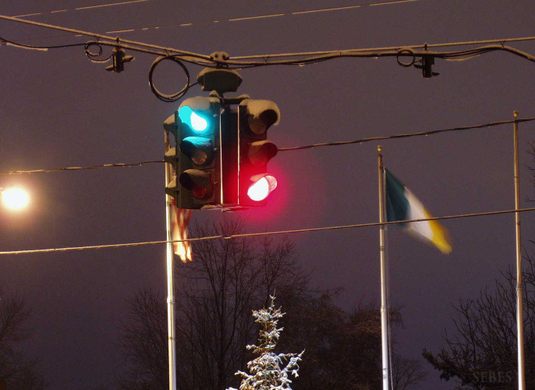
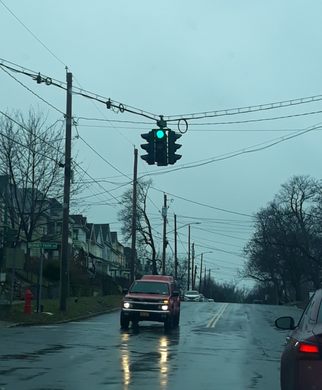





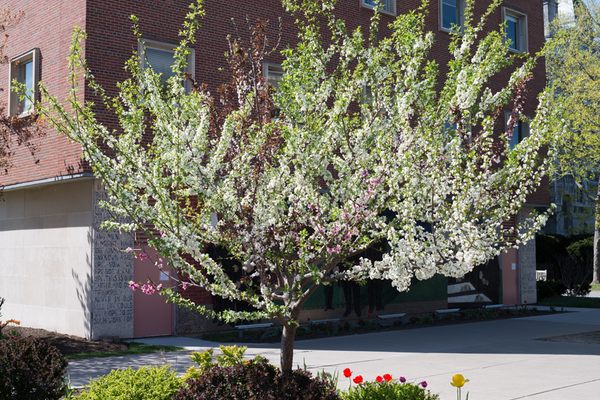
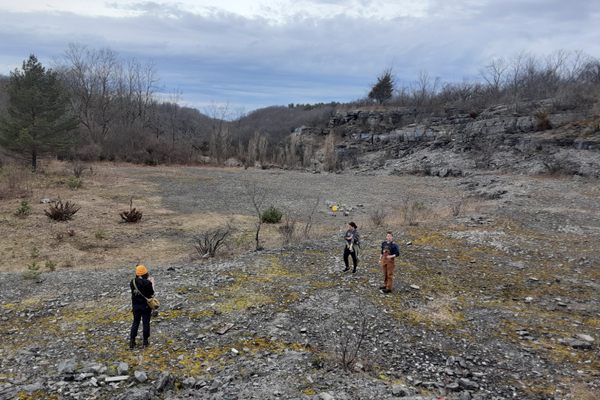



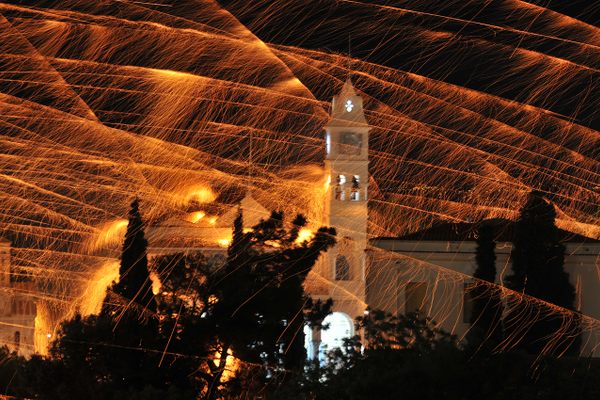


Follow us on Twitter to get the latest on the world's hidden wonders.
Like us on Facebook to get the latest on the world's hidden wonders.
Follow us on Twitter Like us on Facebook